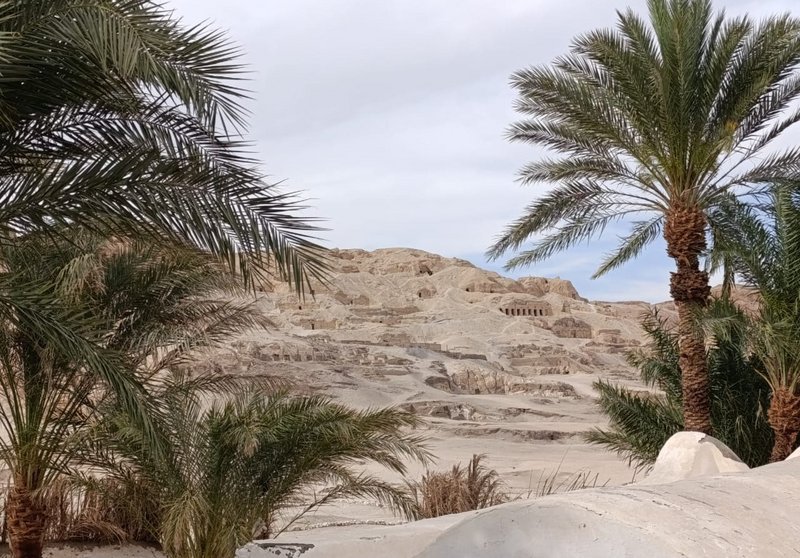Luxor Scholarship – Spring 2025. My stay at the German House.

A view of the Theban necropolis from the German House rooftop © DAI Kairo // Elina Panaite
As a Luxor Scholarship Holder, I had the pleasure of staying at the German House from January to March 2025. My research project focused on the study of a limestone stela belonging Qaha, a foreman from Deir el-Medina during the reign of Ramses II.
It was a highly enriching experience, allowing me to spend three productive months advancing my research, exploring the Theban necropolis, and meeting new people. The house offered everything I needed within its walls—my own room, a dining room, and a well-stocked library. It truly felt like living in a small oasis, fostering both focus and inspiration.
The library provides an excellent workspace — spacious, well-lit and quiet, and fully equipped with essentials like internet access and a printing machine. I supported the house by opening the library every Monday morning, which gave me the opportunity to connect with colleagues, researchers, and fellow Egyptology enthusiasts who shared my passion. The collection includes numerous key resources in Egyptology, notably important publications on the tombs in the Theban Necropolis. In addition to these activities, I occasionally helped in the daily management of the house, allowing me to work closely with the local Egyptian staff.
During my stay, two events were held at the German House, providing excellent opportunities to connect with colleagues and gain insight into ongoing research projects. The first, Current Research on Deir el-Medina 3, gave me the possibility to present the progress of my research to a large audience. The house also hosted various researchers from different missions and we occasionally welcomed visiting scholars for an afternoon tea, exchanging ideas about our work.
I also had the chance to visit three on-going archaeological missions: TT 61, an 18th Dynasty tomb belonging to the vizier Useramun (directed by Lucia Díaz-Iglesias); TT 23, a 19th Dynasty tomb belonging to the royal scribe Tjay (directed by Sergei Ivanov); and the temple of Kôm el-Hettan (directed by Hourig Sourouzian and Kathrin Gabler). These visits allowed me to observe the work in progress and gain a deeper understanding of the research challenges in various contexts. Additionally, I had the opportunity to explore all other tourist-accessible sites relevant to my research, particularly the private tombs in Sheikh Abd el-Gourna, el-Khokha, and Dra Abu el-Naga. The location of the German House offered a remarkable advantage: whenever I needed to check an information or simply take a break from work, I could easily have a walk through the Theban necropolis. A one-day excursion to the geological reserve of Dababeyya, also used as a limestone quarry in Pharaonic times, was very helpful in understanding the raw material used by Ancient Egyptians to manufacture stelae.
Overall, the Luxor Scholarship at the German House has been an enriching experience that greatly supported my research.


